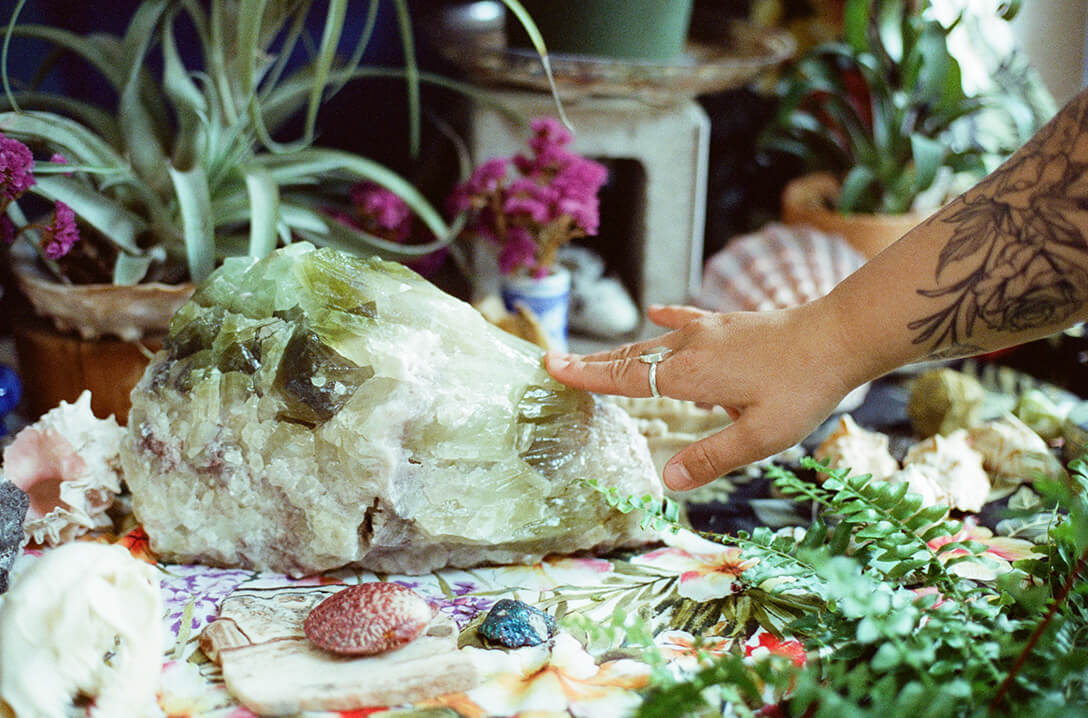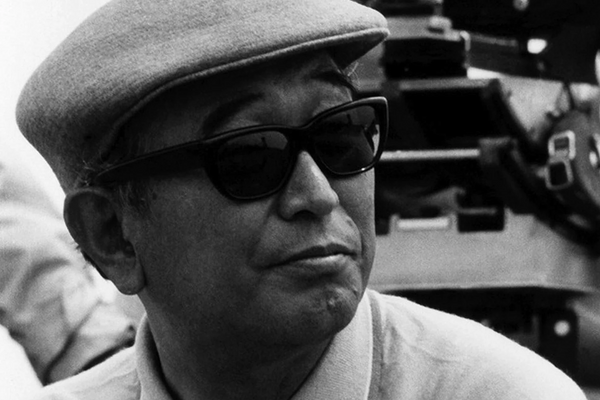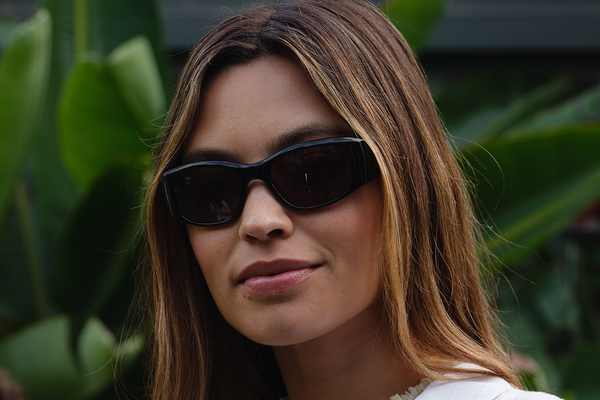Anna was grateful I didn’t have any questions planned for her. I just wanted to spend time together in her Oakland studio, talk and take photos. Questions were less important to me than feeling and observing her studio practice – viewing how she inhabits her space and the manner in which her space manifests itself in her work. The verbal exchange would naturally transpire. Or, the focus might not be on what we say, but rather on what we experience. To be honest, I was nervous to meet her, as I admire her painting. The work is unpretentious, and soon I found her to be a reflection of the tranquil candor of her art.


What I did not realize at the time was my approach to this story on Anna, and my general approach to my photographic work, is kindred in its spontaneity, intuitiveness and lack of pre-mediation to her creative process. I arrived late, bearing a pastry trio – croissant, scone, muffin. We sat outside her studio at a long table, in a wide industrial common room, where artists gather and greet each other in passing. As we nibbled our baked treats, I did catch some Anna Valdez fundamentals before entering her space. She is from Sacramento, is an active beekeeper and first studied anthropology at UC Davis before getting her MFA from Boston University.


Like the book on her shelf, her studio is a cabinet of natural curiosities. Clutter is arranged, specific and aesthetic. Paintings and setting parallel one another, so the experience of walking into her work space is akin to entering a painting of hers. Her studio is a convergence of greenhouse, painting workshop, hearth and home. Her plants are lush and overgrown, clearly thriving in the environment. As we speak and move through the space, she tends to them lovingly, gently moving them towards the light, revealing the innate horticulturist in her.


Anna arranges still life scenes in different corners, which serve as models for her paintings, studies that constantly shift and evolve into completed works. Her studio is as full as her paintings, but, as her art, nothing is senseless. Every plant, book, bone, crystal, fossil, has its place and its reason for being. She is a keen observer and documentarian of the relationship between the inanimate, the organic, the extinct and the living. Nonetheless, the purpose of each thing has not been overthought. The artist uses intuitively-chosen visuals to convey an expansive cultural lexicon.


She immediately confessed that she is not good in front of the camera. The best subjects always say that. I lost any of my own apprehension as I began to shoot her. We both immersed ourselves in our gifts. She naturally began tenderly interacting with the objects and plant life in her studio, while I emboldened her to trust those instincts. Anna herself is very playful, another similarity between the artist and her work. Watching her connect with her plants, crystals, fossils and curios made me recognize her paintings as self portraits, beyond their first dimension as still lifes. I see her as weaving a giant tapestry of her own personal identity. Her paintings communicate culture and language through objects and plant life- showing us what is vital, what is dead, what is specific to our time and what persists through time. There is a delicacy to the compositions of her work, yet a primordial innocence.



